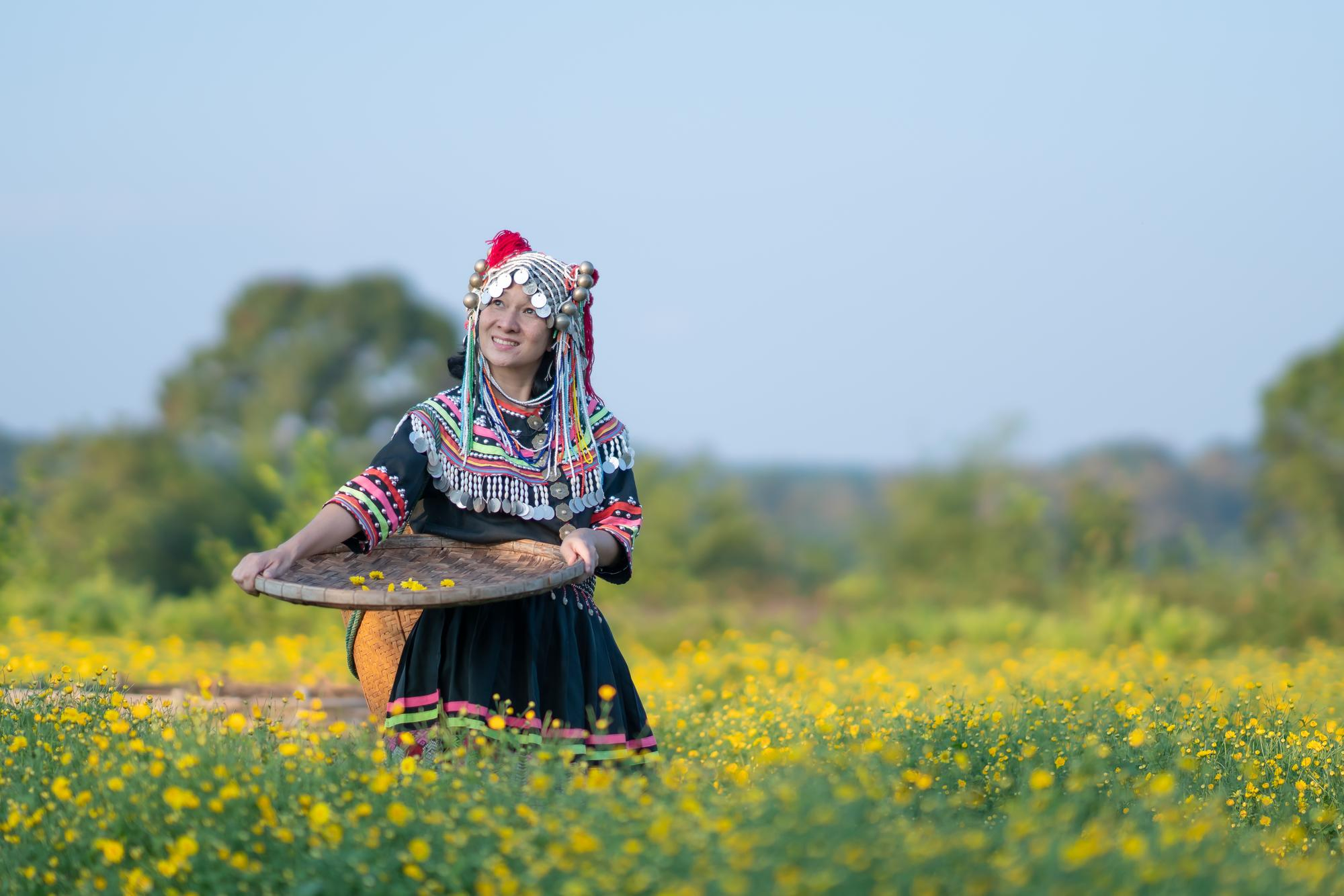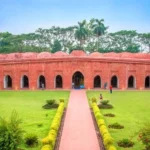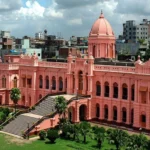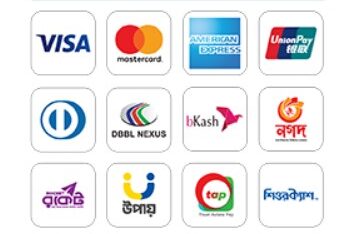Bangladesh is a country where diversity breathes through every street, festival, and conversation. Known globally for its natural beauty, rivers, and green fields, the real essence of Bangladesh lies in its people. The peoples of Bangladesh include Bengalis—who form the majority—and numerous ethnic and indigenous groups with distinct traditions, languages, and lifestyles. Together, they weave a colorful fabric of culture and heritage that makes this South Asian nation truly unique.
If you are planning to Discover Dhaka City, explore an Old Dhaka Tour, or immerse yourself in A Cultural Tour such as visiting pottery villages, food trails, or tribal regions, understanding the people is the first step to connecting with Bangladesh on a deeper level.
The Bengali Majority: Heart of Bangladesh
Origins and Demographics
Over 98% of the population of Bangladesh are Bengalis. With roots that blend Indo-Aryan, Dravidian, Tibeto-Burman, and Middle Eastern ancestry, the Bengali identity has evolved through centuries of trade, migration, and cultural exchange.
Bengali Muslims form nearly 90% of the population, making Bangladesh the world’s third-largest Muslim-majority nation. Bengali Hindus are the second largest group, followed by Buddhists and Christians.
Language and Identity
Bangla (Bengali) is not just a language—it is a symbol of pride. The Language Movement of 1952, which eventually influenced the country’s independence, remains a defining chapter in Bangladeshi identity.
Cultural Traits
Bengali culture thrives in literature, poetry (Rabindranath Tagore and Kazi Nazrul Islam are national icons), festivals like Pahela Baishakh (Bengali New Year), and culinary heritage such as Hilsa fish with mustard, sweets like roshogolla, and fragrant biryanis.
Ethnic Minorities of Bangladesh
While the Bengali majority forms the cultural mainstream, there are over 45 recognized ethnic groups in Bangladesh. These groups live mostly in the Chittagong Hill Tracts, Sylhet, Mymensingh, Rajshahi, and coastal regions, each preserving unique traditions.
Here’s a closer look at the key ethnic communities:
1. The Chakmas
- Region: Chittagong Hill Tracts
- Religion: Predominantly Theravada Buddhists
- Language: Chakma (related to Tibeto-Burman dialects)
- Culture: Colorful outfits (Phinon & Hadi), festivals like Bizu and Buddha Purnima, traditional farming, and Buddhist rituals.
The Chakmas are among the most influential tribes in the Hill Tracts, often leading in education and cultural representation.
2. The Marmas
- Region: Bandarban, Rangamati, Khagrachari
- Ancestry: Burmese origin
- Religion: Buddhism
- Culture: Sangrai (New Year festival), traditional Marma songs, drum music, sticky rice dishes, bamboo shoot delicacies, and intricate dress designs.
3. The Tripura
- Region: Chittagong, Mymensingh, Noakhali, Sreemangal
- Religion: Hinduism & Animism
- Culture: The Boushuk Festival marks their new year with rice cakes, chili dishes, and corn-based foods. They are known for weaving and handicrafts.
4. The Tanchangya
- Region: Rangamati, Bandarban, Cox’s Bazar
- Culture: Unique weaving techniques, Buddhist practices, colorful traditional attire, and agricultural lifestyle.
5. The Mros (Mrus or Moorangs)
- Region: Bandarban
- Identity: Believed to be original inhabitants of the Chittagong Hills
- Culture: Animistic rituals, bamboo-based houses, oral storytelling traditions, and limited use of written language.
6. The Santals
- Region: Rajshahi, Dinajpur, Rangpur
- Religion: Hinduism and Animism
- Culture: Known as the “children of nature,” they celebrate harvest festivals like Baha and Karam with dance, music, and rice wine (handi).
7. The Garos
- Region: Mymensingh, Tangail, Sylhet
- Society: Matrilineal (inheritance passes through women)
- Religion: Christianity mixed with animist traditions
- Festival: Wangala, a harvest celebration with drumming, dancing, and feasts.
8. The Manipuris
- Region: Sylhet
- Culture: Famous for Manipuri dance and jewelry craftsmanship
- Religion: Primarily Hinduism
- Festival: Rash Festival, celebrated with colorful performances and traditional costumes.
9. The Khasis
- Region: Sylhet Hills
- Culture: Known for betel leaf cultivation and building living root bridges in Meghalaya (India). They are matrilineal and deeply connected to nature.
10. The Rakhine
- Region: Coastal Barisal and Chittagong
- Religion: Buddhism
- Culture: Traditional weaving, rice farming, Theravada Buddhist rituals, and cultural ties with Myanmar.
Social and Cultural Life of Bangladeshis
Hospitality and Family Values
Whether in bustling Dhaka or a rural village, hospitality is central. Guests are offered tea, sweets, and meals as a sign of respect. Families remain close-knit, with extended households common in both urban and rural settings.
Festivals and Celebrations
- Pahela Baishakh (Bengali New Year) – celebrated with processions, fairs, and music.
- Eid-ul-Fitr and Eid-ul-Adha – vibrant with feasting, prayers, and family gatherings.
- Durga Puja – a major Hindu festival celebrated across Bangladesh.
- Bizu, Sangrai, Wangala – ethnic group festivals highlighting local diversity.
Cuisine: A Taste of Identity
Bangladeshi cuisine is rich in rice, fish, and lentils. Street food like fuchka, jhalmuri, shingara, and sweets like mishti doi reflect the daily culinary culture. Joining a Dhaka Food Tour allows travelers to taste this diversity firsthand.
Peoples of Bangladesh in the Global Context
Bangladeshis have built large diasporas in the USA, UK, Canada, Middle East, and Europe. These communities maintain ties with their homeland, sending remittances and promoting Bangladeshi culture abroad.
Why Learning About People Matters in Travel
For travelers booking an Old Dhaka and Sonargao Tour, joining a Street Photography Tour in Dhaka, or exploring the Sreemangal and Sylhet Tour, understanding the people makes the journey meaningful. Meeting artisans, tasting local foods, and experiencing festivals help travelers connect beyond sightseeing—it’s about living the culture.
As the Best Tour Agency in Bangladesh, we emphasize people-first experiences, ensuring visitors gain authentic insights into local lives.
Frequently Asked Questions (FAQ)
1. What do people from Bangladesh look like?
Most Bangladeshis are of South Asian appearance, with diversity shaped by centuries of mixed ancestry including Indo-Aryan, Dravidian, Tibeto-Burman, and Middle Eastern roots.
2. What are the main ethnic groups in Bangladesh?
The major group is Bengali, alongside indigenous groups like Chakma, Marma, Tripura, Santal, Garo, Manipuri, Khasi, Mro, and Rakhine.
3. What is the culture of Bangladesh like?
Bangladeshi culture blends Bengali traditions with influences from Islam, Hinduism, Buddhism, and indigenous practices. Music, dance, literature, and cuisine are central.
4. How many indigenous groups live in Bangladesh?
There are over 45 recognized ethnic groups, with the largest populations in the Chittagong Hill Tracts and Sylhet regions.
5. What are people from Bangladesh called?
They are called Bangladeshis. Ethnically, most are Bengalis, while indigenous groups identify with their community names.






Love me some bingo! So I’m gonna try w88bingo. Hopefully it’s as fun as it sounds. Bingo lovers, unite! Try it here: w88bingo